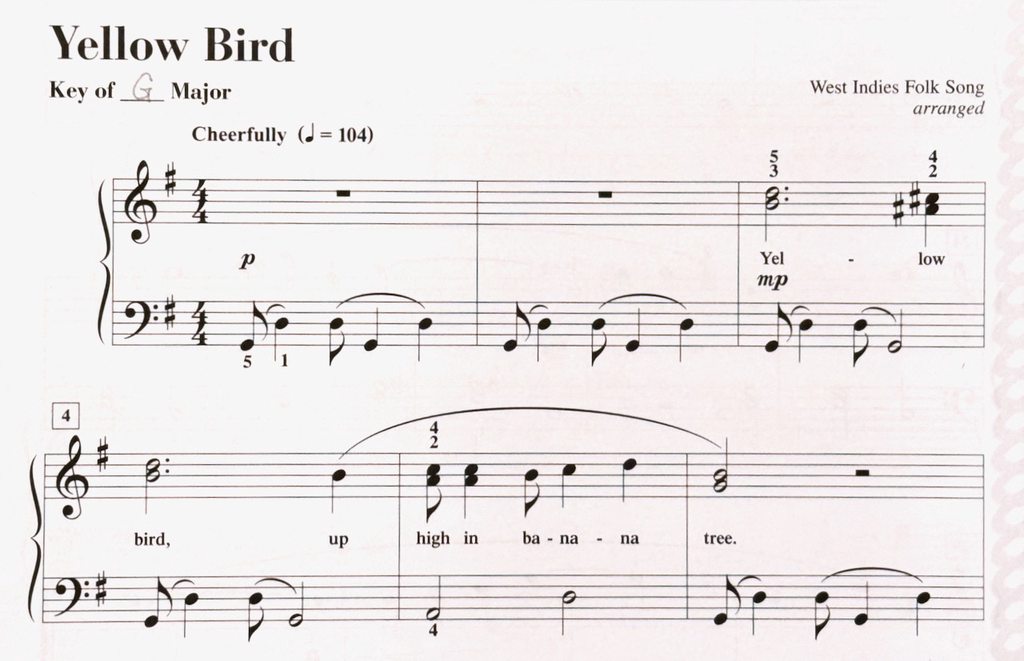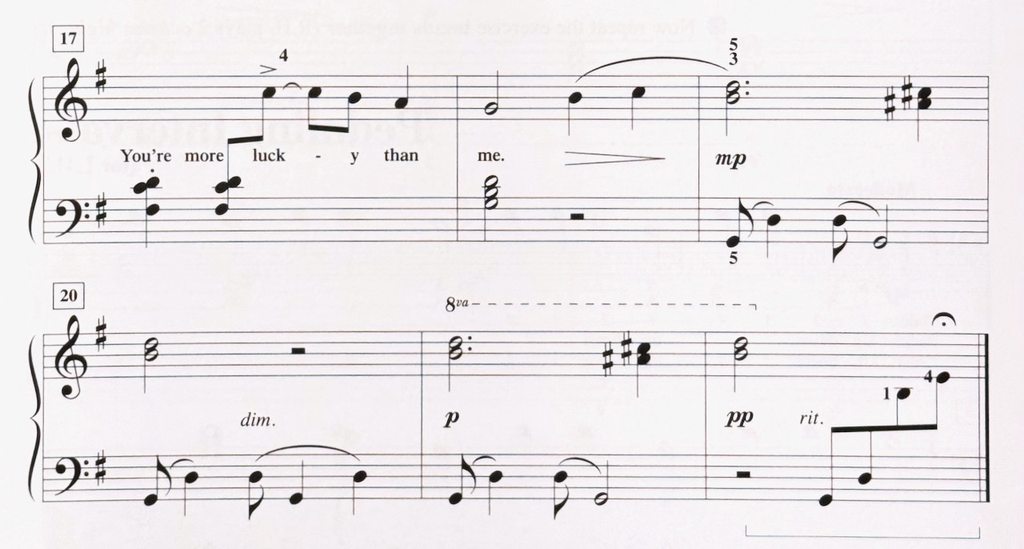I've noticed recently that I might have a reluctance to play between the black keys. I have slim fingers, and they fit in small spaces, so that's not the problem. Also, when a chord has short fingers on the black key, I can play them with the long fingers landing further up on the white keys between the black keys. So I can definitely do it when necessary. However, when this is optional, I have a tendency to land my fingers below the black key. Today, in the piece I am working on, it's causing me problems.

In measure 3, I want to play the B-D to A#-C# with minimal gap. Playing BD with 53 finger low on the white keys, then reaching up with 24 finger feels very awkward. If I play the BD 53 finger higher, between the black keys, I can have 24 fingers pre-positioned on the A#-C# keys and transition much smoother. Since BD is the first notes, I can simply remind myself to play them higher. But then later in the piece, there is this:

From measure 18 to 19, the B-C-BD slur, my fingers naturally lands all on the part of white keys below the black keys. This again cause the next A#-C# an awkward reach.
I suppose there are technical exercises for double thirds that address my issue here. As a beginner, I am not going to try those yet. However, I am interested in hearing how you play below and above the black keys, and if you ever encounter problems like I described here in your early years of learning.